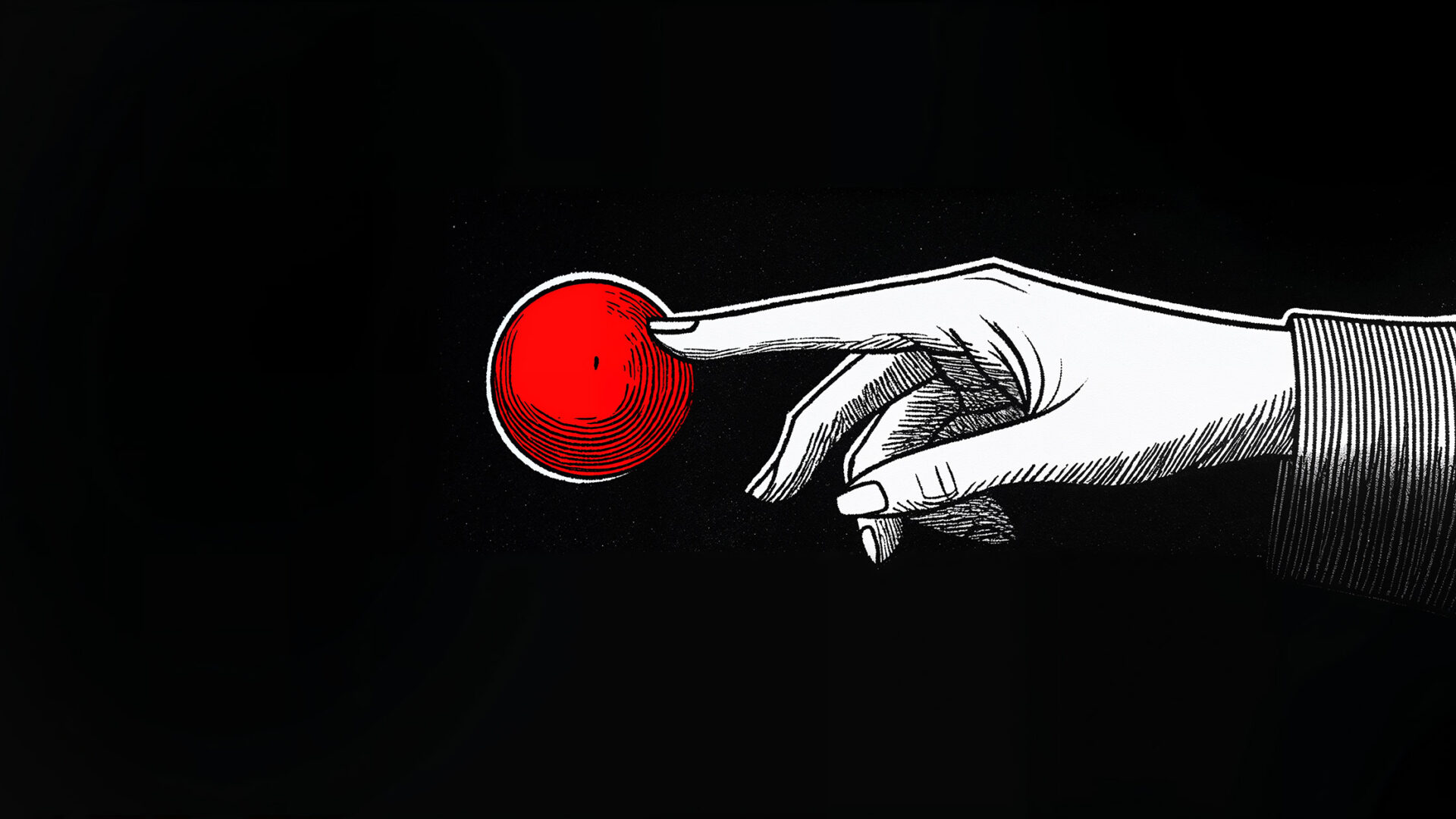Looking for a way to increase audience engagement and interaction with your content?
One of the most effective tools in marketing is the call to action – call to action (CTA). Call to action is an essential part of any successful content marketing strategy because it helps you set goals and track results. By adding CTAs to your content, you can create in your audience the need for immediate action and get them to take the desired steps. In this blog post, we’ll discuss what a call to action is, look at some examples, explore the benefits of using it, and learn how to write effective CTAs for your content.
Call to action – what is it?
A CTA, call to action is a call to action, a statement or phrase with the intention of eliciting an immediate response from the audience. It can be used in any type of content, including blog posts, emails, websites and social media posts. When you use CTAs in your content marketing strategy, you are indicating to your audience exactly what they should do, such as sign up for a newsletter or buy a product.Correctly written CTAs will help you get more leads, increase conversions and drive sales.
CTAs are also a great way to increase engagement and interaction with your content. By adding them at the end of your post or article, you can encourage your readers to take further interactions. It could be anything: sharing a social media post, a website or signing up for a newsletter.
Call to action – examples in content marketing
A call to action is an essential part of any successful content marketing strategy. Here are some examples of different types of call to action buttons that you can use in your materials:

Sign up
Encourage readers to sign up for a newsletter, webinar or other type of offer by adding a CTA at the end of the post.
Download
if you want to increase the visibility of content like an eBook, report, etc., encourage your audience to download it.
Buy Now
is one of the most common CTAs used in content marketing because it encourages the purchase of a product or service.
Share
Ask your audience to share your content with their network of contacts.
Watch
if you have social media profiles, use CTAs, suggest that recipients follow your company on the various platforms.
Benefits of using call to action
Using call to action in your content marketing strategy can help you get more leads, increase conversions and drive sales.
Increased commitment
By adding a CTA at the end of your post or article, you can get readers to take another interaction related to your content – e.g., visit a website, sign up for a newsletter.
Tracking results
CTAs can help you set goals and track results. There are various ways to measure their effectiveness: from hooking up Google Analytics and seeing where and if users click on our CTAs, using heatmaps to A/B tests that evaluate the effectiveness of two creatives that usually differ in details.
Increase conversions
The ultimate goal of using calls to action is to increase conversions. By familiarizing the audience with the brand and building trust in it, the buying process becomes a natural part of our relationship with the audience, which turns into a customer.
How to create a CTA?
Using call to action in your content marketing strategy can help you get more leads, increase conversions and drive sales.
Identify who your audience is and what they want
The first step in writing effective calls to action is to understand who your audience is and what they expect. You need to know their interests, needs and goals, so you can create CTAs that will resonate with them. Understanding who your audience is will also help you choose the right language and tone for your CTA. It is important to tailor your CTA to a specific audience, with which you will get the most benefit. Taking the time to get to know your target audience is therefore very important.

Use the imperative mode and avoid vague phrases
When writing effective call to action slogans, it is important to use verbs in the imperative mode and avoid vague phrases. Targeting activities and specific information draws the attention of the audience and encourages them to take action. Try to make sure they know exactly what type of activities you expect of them.

Clear, short and concise messages
Another important tip for writing effective calls to action is to keep paragraphs short, clear and concise. Longer passages of text are less effective because readers may lose focus or feel overwhelmed. It is important to use simple terms whose meaning is commonly understood. Moreover, using the singular and direct wording will allow us to establish a closer relationship with the recipient, which will translate into increased conversions.

Test different CTAs to see what works best
Finally, it’s important to test different types of call to action to see what works best and match it to your audience. You may find that certain CTAs are more effective in terms of conversions or engagement, or that certain words or phrases work better. Testing different call to actions will help you determine the most effective ones for your content marketing strategy.

Summary
Content marketing is an effective way to engage target audiences, increase brand visibility and generate leads. Call to action is one of its tools to achieve these goals. A call to action is a simple phrase that encourages the reader to interact immediately. Its goal is to persuade people to click on a link, make a purchase, subscribe or contact your company directly. It’s worth remembering that creating an effective call to action requires careful analysis of the target audience, content topic and interaction that meets the company’s business goals. A properly applied CTA translates into a high CTR (click-through rate), which increases conversions, which is, after all, what we care about most.








